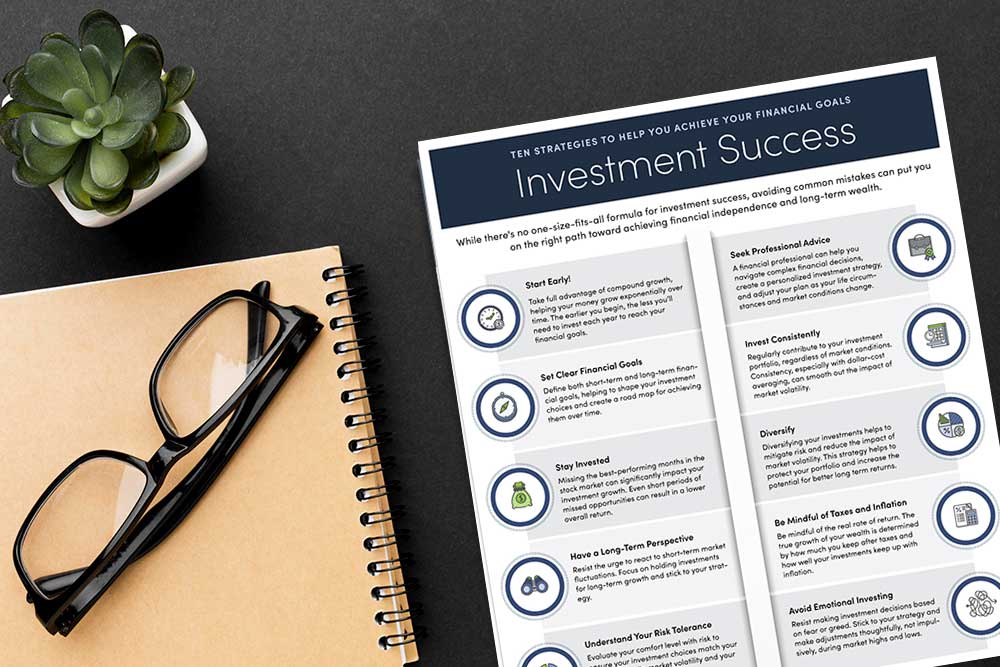How to Build a Winning Investment Plan crafting a winning investment plan isn’t just about numbers and charts—it’s about vision, strategy, and resilience. Investment planning allows individuals to transform dreams into achievable financial goals, guiding them through market uncertainties and unlocking long-term prosperity.
In this comprehensive guide, we’ll walk you through the essential elements to create an investment strategy that aligns with your financial objectives, risk tolerance, and lifestyle. Whether you’re just starting or looking to optimize your portfolio, these insights will empower you with the knowledge to build a resilient and rewarding plan.

What Is Investment Planning?
Investment planning is the process of aligning your financial goals with your investment resources. It involves determining your financial needs, evaluating risk tolerance, selecting investment vehicles, and continually monitoring progress.
Unlike speculative investing, a solid investment plan isn’t reactionary—it’s intentional, informed, and tailored to individual needs.
Why Investment Planning Is Essential
Let’s face it—life can be unpredictable. But with investment planning, you introduce structure and direction into your financial journey.
Here’s why it matters:
- Clarity: You define what you want to achieve—be it buying a home, funding a child’s education, or retiring early.
- Control: Planning helps mitigate emotional decision-making, especially during market volatility.
- Growth: Strategic investment choices compound over time, turning modest savings into meaningful wealth.
- Security: With proper planning, you’re better equipped for economic downturns or unexpected life events.
A great plan isn’t a one-size-fits-all blueprint—it’s a dynamic guide that evolves with you.
Step 1: Set Clear and Measurable Financial Goals
Any journey begins with a destination.
When beginning your investment planning, define goals that are:
- Specific: Rather than saying “I want to retire rich,” clarify the amount you need and when you need it.
- Measurable: Quantify your goals. For example, saving $500,000 for retirement by age 60.
- Achievable: Be realistic. Consider your income, lifestyle, and responsibilities.
- Relevant: Ensure the goal aligns with your broader life vision.
- Time-bound: Every goal needs a deadline.
Short-term goals (like buying a car), mid-term goals (saving for a home), and long-term goals (retirement or legacy planning) should all factor into your plan.
Step 2: Analyze Your Current Financial Position
Understanding your present is key to shaping your future.
Start by calculating:
- Net Worth: List your assets (savings, investments, property) and liabilities (loans, credit cards).
- Income vs. Expenses: Know how much you earn and spend monthly. It’s astonishing how many people don’t track this!
- Savings Rate: What percentage of your income are you saving or investing?
This analysis will uncover strengths and reveal gaps, helping you tailor your investment planning to suit your unique circumstances.
Step 3: Evaluate Your Risk Tolerance
Risk is inevitable in investing, but understanding your comfort level with it makes a world of difference.
Consider:
- Time Horizon: The longer you plan to invest, the more volatility you can typically afford.
- Financial Stability: If you have a stable job and emergency savings, you may be more comfortable with higher-risk assets.
- Emotional Resilience: Can you stay calm if your portfolio dips 20%?
Use online tools or consult an advisor to assess your risk profile. A mismatch between risk tolerance and investment strategy can lead to stress, panic selling, and poor results.
Step 4: Choose the Right Asset Allocation
Diversification isn’t just financial jargon—it’s your first line of defense against market unpredictability.
Common asset classes include:
- Equities (Stocks): Higher potential returns but more volatile.
- Fixed Income (Bonds): Steadier income with lower risk.
- Real Estate: Offers growth and passive income potential.
- Commodities: Often used as a hedge against inflation.
- Cash Equivalents: Like money market funds, useful for short-term goals.
A balanced portfolio aligned with your risk tolerance and goals is central to effective investment planning.
Step 5: Select Investment Vehicles
Once your asset allocation is defined, select the specific instruments to invest in.
Options include:
- Mutual Funds: Great for beginners; managed by professionals.
- Exchange-Traded Funds (ETFs): Low-cost, diversified, and tradable like stocks.
- Individual Stocks/Bonds: Require research but offer tailored exposure.
- Robo-Advisors: Automated platforms that build and manage portfolios based on your preferences.
Diversification within each asset class adds another layer of stability and opportunity.
Step 6: Create a Systematic Investment Strategy
Consistency often trumps timing.
Set up:
- Systematic Investment Plans (SIPs): Automate monthly contributions to mutual funds or ETFs.
- Dollar-Cost Averaging: Invest a fixed amount regularly, reducing the impact of market volatility.
- Automatic Rebalancing: Periodically adjust your portfolio to maintain your target allocation.
By automating and committing to your investment planning, you cultivate disciplined financial behavior—your strongest asset.
Step 7: Monitor, Measure, and Modify
A plan isn’t static—it breathes and adapts.
Review your portfolio:
- Quarterly or Annually: Check performance relative to your goals.
- Life Events: Birth of a child, career change, or unexpected windfall might warrant adjustments.
- Market Trends: Don’t overreact, but stay informed.
Keep your investment planning dynamic and flexible. As your goals evolve, so should your strategies.
Common Pitfalls to Avoid
Even the savviest investors can fall into traps. Watch out for:
- Emotional Investing: Buying high and selling low due to fear or hype.
- Over-diversification: Spreading too thin dilutes impact.
- Neglecting Taxes: Understand how capital gains, dividends, and retirement accounts affect tax obligations.
- Lack of Emergency Fund: Investing without a financial cushion is risky.
- Ignoring Inflation: Low-risk investments might not keep up with rising costs.
By being aware, your investment planning becomes more resilient.
Tools to Enhance Your Investment Planning
Leverage the digital era! These tools simplify complex decisions:
- Financial Planning Software: Tools like Personal Capital, Mint, or YNAB help track spending and investments.
- Risk Assessment Tools: Platforms like Riskalyze offer risk profiling.
- Retirement Calculators: Estimate how much you need to retire comfortably.
- Robo-Advisors: Wealthfront, Betterment, and others automate and optimize based on your inputs.
With the right tools, investment planning becomes far more manageable—and even enjoyable!
Working with a Financial Advisor
You don’t have to go it alone.
A certified financial planner (CFP) or investment advisor can:
- Clarify your financial objectives.
- Offer unbiased advice.
- Navigate tax strategies.
- Ensure your plan aligns with market realities.
Professional guidance adds another layer of security and confidence to your investment planning.
Sustainable and Ethical Investing
Today’s investors care not only about profits but also about purpose.
Consider:
- Environmental, Social, Governance (ESG) Funds
- Impact Investing
- Socially Responsible Investing (SRI)
You can align your financial goals with your personal values, making your investment planning both profitable and principled.
The Psychology of Investing
The human mind is a curious thing—sometimes, it works against our best interests.
Understanding behavioral finance helps you:
- Recognize biases (e.g., loss aversion, overconfidence).
- Avoid herd mentality.
- Embrace long-term thinking.
Training your brain is as important as training your portfolio in effective investment planning.
Retirement and Beyond: Planning for the Long Haul
Investment isn’t just about growing wealth—it’s about sustaining it.
In retirement, your strategy should shift from accumulation to preservation and income generation.
Key areas to focus on:
- Withdrawal Strategy: How much can you withdraw annually without depleting your nest egg?
- Annuities and Pensions: Consider guaranteed income sources.
- Estate Planning: Plan your legacy with wills, trusts, and beneficiary designations.
Smart investment planning ensures your money outlives you—just as it should.
Final Thoughts: The Power of a Winning Investment Plan
Building wealth is a journey. And like any journey, it requires preparation, planning, and perseverance.
Investment planning empowers you to:
- Make informed, strategic choices.
- Stay grounded during market turbulence.
- Achieve financial independence on your own terms.
It’s not about beating the market—it’s about fulfilling your personal vision of success.
So take that first step today. Define your goals, assess your current financial health, and build a plan that works for you. The earlier you start, the more time your money has to work its magic.
And remember: the best investment you can make is in your future.





